New technologies are changing the world of Android app development. Up-to-date frameworks, the latest cellular network standards, and AI-powered algorithms inspire developers to create the software that has never been seen before. However, entrepreneurs who don’t follow the trends, risk the success of their projects.
This article will shed light on all the latest trends in Android app development and ensure the safety of your product on the market. Stay tuned!
Instant Applications
With the help of instant apps, users can test the app or a game and decide whether they need to download it or not. Instant applications are divided into two groups: Instant “Try” and “Instant Play”. With Instant “Try”, users get a small trial version of the app. That might be your case if you want to engage customers to download your game. Just create the first level and let users test it in Instant “Try”. If they get interested, they will download your app.
“Instant Play” in its turn allows users to get an uncut gameplay experience without downloading the app. These applications are often placed on the Google Play Games’ main page, so it’s a great chance to attract a new audience.
Cross-Platform Development (Flutter)
Native app development slowly leans back, while new cross-platform frameworks appear. Flutter is a relatively new framework for cross-platform development created by Google.
It lets developers build apps with the native design for both Android and iOS. What’s remarkable is that the framework delivers great performance results and shortens the development time twice compared to native development.
On top of that, Google made extensive documentation covering the majority of questions arising during the learning process. Flutter raised a big community of experienced developers. They exchange their ideas and help newcomers on different forums.
Big companies don’t ignore Flutter during their projects. Google Ads, Reflectly, and Alibaba were created with Flutter.
Artificial Intelligence and Machine Learning
Artificial intelligence and machine learning became a part of every app we use on an everyday basis. In 2020 AI-based apps will only gain popularity due to new trends, like image and voice recognition, smart predictions, and more.
Companies implement ML systems into their apps that track interactions with the user interface for a better understanding of the problems users face.
Besides, developers use AI to make suggestions to users. Netflix gathers the shows users watch, analyzes, and recommends similar movies. LinkedIn suggests work offers based on the user’s skills, professional experience, and his current position.
Chatbots
Chatbots are great when it comes to customer service. The reason is, chatbots can answer customers’ questions 24 hours a day.
There are many use cases of chatbots in business. Customer support is one of the most obvious. An ordinary support officer requires initial training and a stable salary. Chatbots, in their turn, don’t need stable payouts. Moreover, their performance doesn’t depend on their mood.
There are several types of chatbots. The first one is a simple FAQ bot. It has a set of predefined questions and answers. When the user asks a question, a bot simply responds with a premade phrase.
Another option is AI-powered chatbots. This one analyzes every conversation with users and comes up with unique answers. It can work strangely at first. But the bot needs some time to learn. Such a chatbot is much more expensive, but it will be able to cover all user queries with time. So, while thinking about how to build a chatbot, you should consider several options.
Large companies, like Facebook and Starbucks, use chatbots for the automation of routine tasks. Starbucks Barista app allows customers to pre-order the coffee on-the-go, pay with the credit card, and take it at the chosen cafe.
Android Jetpack
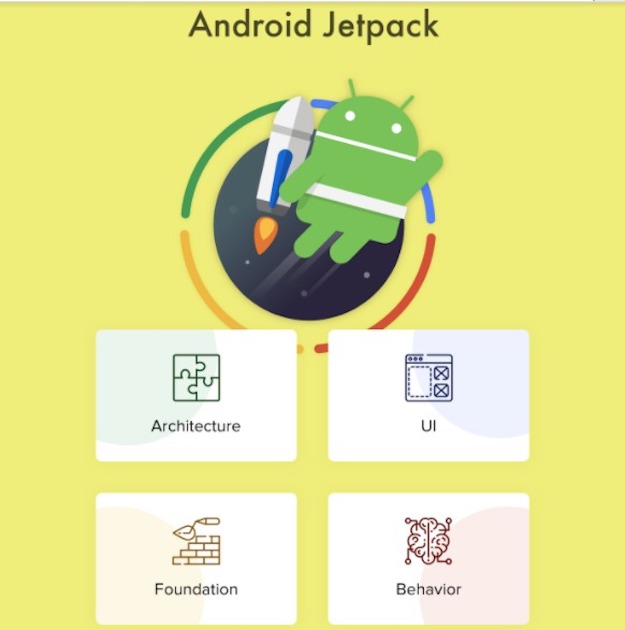
Android Jetpack is a set of libraries that helps developers to build complex applications. It’s meant to shorten the development time and automate routine tasks.
Android Jetpack deals with four main issues: foundation, architecture, behavior, and UI.
Let’s take a closer look at each of them:
Foundation. Here, Android Jetpack provides essential functionalities, like Kotlin integration and testing tools.
Architecture. Library parts are responsible for making an app fault-tolerant, scalable, and flexible.
Behavior. This part helps engineers to create different features, like notifications, permissions, and more.
UI. UI components contain widgets and some other elements that improve user experience.
Just like Flutter, Android Jetpack offers detailed and well-designed documentation. Android Jetpack gained popularity among developers due to the simplicity it brings to the development process.
On-Demand Apps
Today, people value their time and comfort more than ever. On-demand apps are meant to satisfy customer needs right after the request. Apps like Uber and Postmates assist in everyday tasks and make routine less time-consuming. On-demand apps manage various tasks, like ordering taxis, food delivery, cargo transportation, healthcare, cleaning services, and more. Here’s an example of the design for an on-demand healthcare app.
Based on user data, on-demand apps can suggest services. Thus, Google Maps displays nearby restaurants, gyms, petrol stations, and so on. With the list of places and their rating, users can choose the one that suits them most.
Instant services will hold its place among top trends for a long time. That’s why many B2C companies can come up with the idea of their own on-demand app.
Internet of Things
The presence of internet connection has brought a ton of opportunities and benefits to users and developers. More and more IoT devices appear in the market.
Statista claims that the IoT market revenue will reach $1.6 trillion in 2025. This technology can be used both for ordinary user needs and in a number of industries, like healthcare, logistics, manufacturing, and others.
For example, wearable devices can track the patient’s heart rate, stress level, and oxygen saturation, and pass this data to the healthcare provider via the app.
A lot of entrepreneurs decided to develop IoT powered apps for education. Edmodo, Nymi, and C-Pen engage communication between students and mentors, improve collaboration, and allow mentors to share learning materials. On top of that, educational apps involve parents in the educational process.
Wrapping Up
Summarizing all the trends, you can understand that 2020 will be full of opportunities for Android app development.
The most promising trends on this list are:
1. Artificial intelligence;
2. On-demand apps;
3. Internet of Things.
Still, don’t ignore Android Jetpack and cross-platform frameworks. These technologies allow you to reduce the development time and the overall app price. However, to build an app with an attractive design and well-built server logic, you have to find a professional development team.

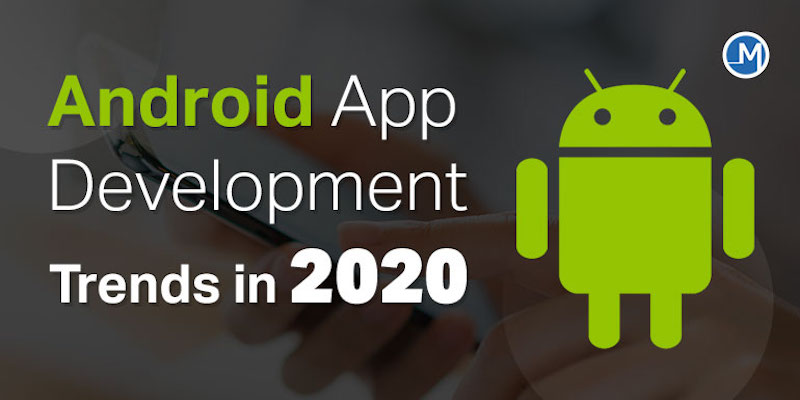



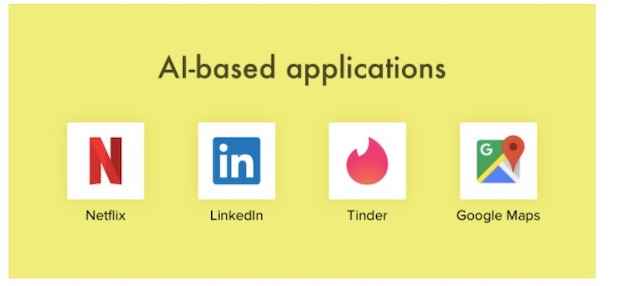
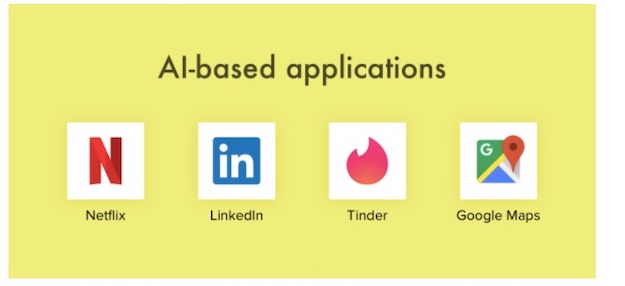
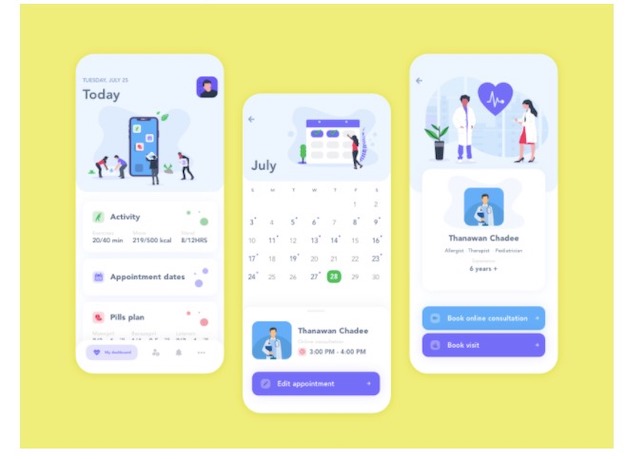





Leave a Reply